Heavens above!
We asked the teachers that will present a Joint Project at the upcoming European Science on Stage festival 2022 to write a blog post about their collaboration. This article comes from two teachers from Ireland and Portugal.
Radio astronomy in schools is a joint project with Ireland and Portugal which aims to increase students awareness, interest and skills in looking at the sky above them.
I first met Nelson in Debrecen, Hungary at the Science on Stage Festival 2017 where we were both presenting our individual projects. We kept in touch after the festival and met up again in Cascais, Portugal at the Science on Stage Festival 2019. We swapped ideas and discussed a joint project but it wasn’t until I attended an IOP talk on radio astronomy by Professor Peter Gallagher, Head of I-LOFAR, Dublin Institute for Advanced Studies and Trinity College Dublin, that I was struck with the idea to do a joint project on building radio telescopes in schools. I knew Nelson had a strong background in astronomy and was a coordinator for Dark Sky Rangers in Portugal. Much to my delight when I contacted Nelson he had also begun building a radio telescope in his school so it was the perfect project and pairing for us both.
The project is centered around the area of radio waves and microwaves emitted by celestial bodies and used in satellite communications, through the use of radio telescopes built by students and installed at the school. Students will analyse the received signals, transformed into images and sound, allowing them to create a map of the Milky Way, hear sounds and see features of celestial bodies that are not detected with optical telescopes.
The arrival of COVID-19 altered our plans and slowed our project down. Nelson and I were still able to plan online using both Zoom for meetings and Padlet and email for our research and ideas. We collaborated on worksheets to go with each of our activities, trying to link to history or local research in our countries. With the return of travel we hope to be able to visit each other in the new school year to see the progress of our radio telescopes and also visit I-LOFAR and see the work being done here in Ireland.
Once students returned to school after lockdown, in both Ireland and Portugal, they began the project by building their own simple astronomical telescopes. They learned about optics, ray diagrams and image formation. Students were able to discuss the limitations and disadvantages of using astronomical telescopes. They were even able to take home their homemade telescopes to view the supermoon in May.
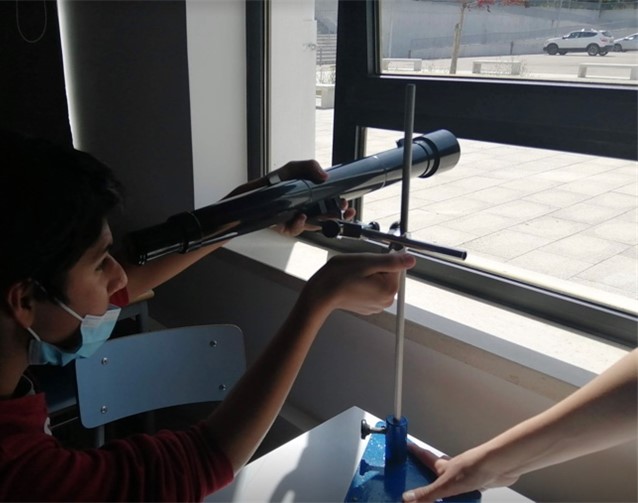
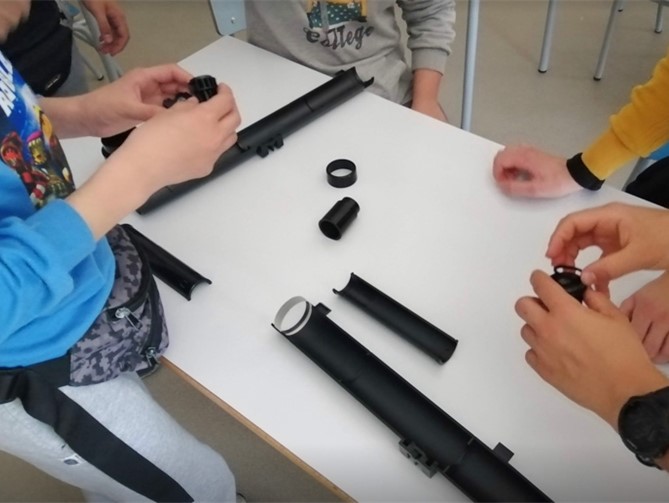
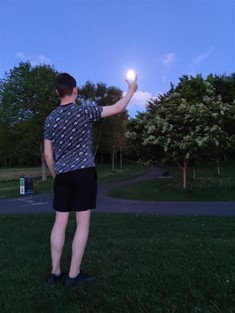
Electromagnetic radiation was then investigated using portable radios making students RFI (radio frequency interference) detectives. Students used the AM setting and looked for interefence from their phones, computers, smartwatches, fluorescent lights and other electrical items. They were able to use a spectrum analyser on their phone to see the interference. They also made mini Faraday cages using wire mesh to investigate could they block the electromagnetic radiation coming from the device. Students were then able to investigate through research how RFI causes problems for radio astronomy. They used https://in-the-sky.org/satmap_worldmap.php and Stellarium to look at how many satellites are in the sky and how they can be an issue for radio astronomers.
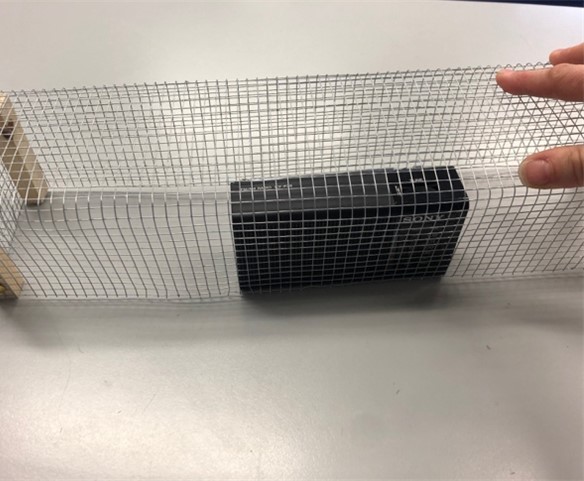
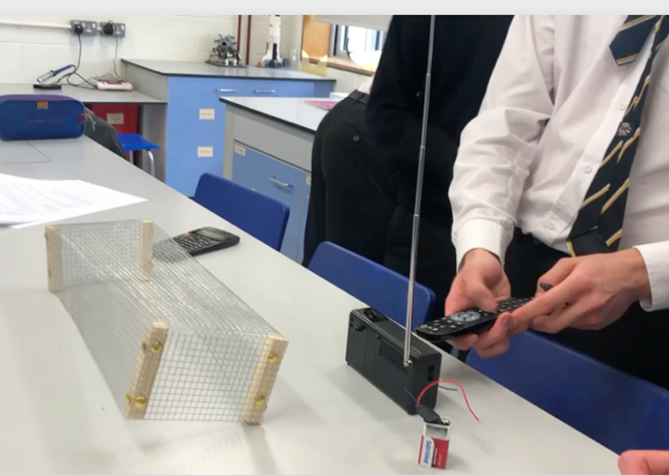
Old parabolic/Sky satellite dishes were located using zero waste and a simple radio telescope was made to look at the sun's radiation. Using a satellite finder attached to the dish, the radiation from the sun could be detected. Students saw an increase in the signal strength as they moved the dish towards the sun and the signal strength fall down as they moved the dish away from the sun.
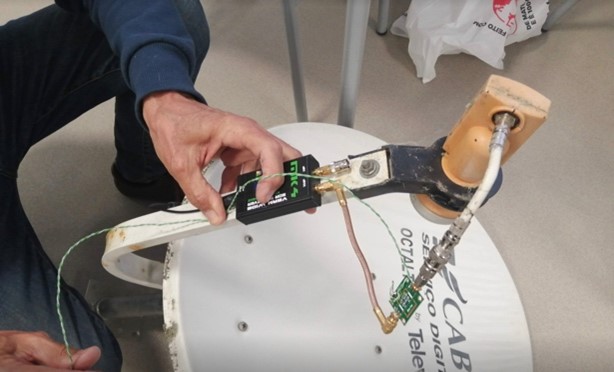
The next stage of the project is to get students to build a horn antenna radio telescope and connect the receiver to the computer to look at the sky and the 21cm hydrogen line. The 21 cm spectral line appears within the radio spectrum. Electromagnetic energy in this range can easily pass through the Earth's atmosphere and be observed from the Earth with little interference. This will begin in the next school year in September as due to COVID restrictions and school closures there was a delay in starting.
So students understand what the 21cm hydrogen line should look like they have begun to use the Pictor Telescope (https://pictortelescope.com) which is free to use for educators and students. By using Stellarium they can see what is in the sky when they are using Pictor to help them understand their graphs.
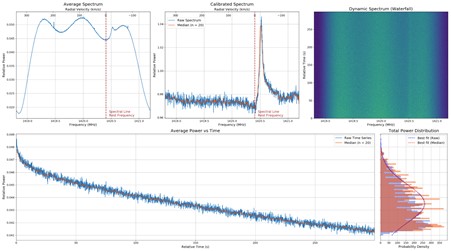
LASO Transport. AMRAD and NUCLIO provide the necessary technical and scientific knowledge for the construction and use of the radio telescope. The satellite dish may eventually be connected to the Internet to be controlled remotely by other schools, similar to what happens with other antennas in France and Poland (http://euhou.obspm.fr). Students will be able to compare the three different radio telescopes and look at the limitations of each.

I-LOFAR education outreach have been contacted for advice and a teacher workshop was undertaken for space activities in school. An online student workshop is organised for the coming school year if we are not able to visit in person. Professor Peter Gallagher, I-LOFAR, has also been contacted about data analysis for the students. We hope to be able to use data with a solar flare or pulsar in it so students can analyse real data from I-LOFAR.
Nelson and I really hope that all of our activities allow our students to see physics in action in the real world and awaken a passion for radio astronomy. We look forward to presenting our project in the Science on Stage Festival in Prague and share our work with all the teachers attending.
Share this page